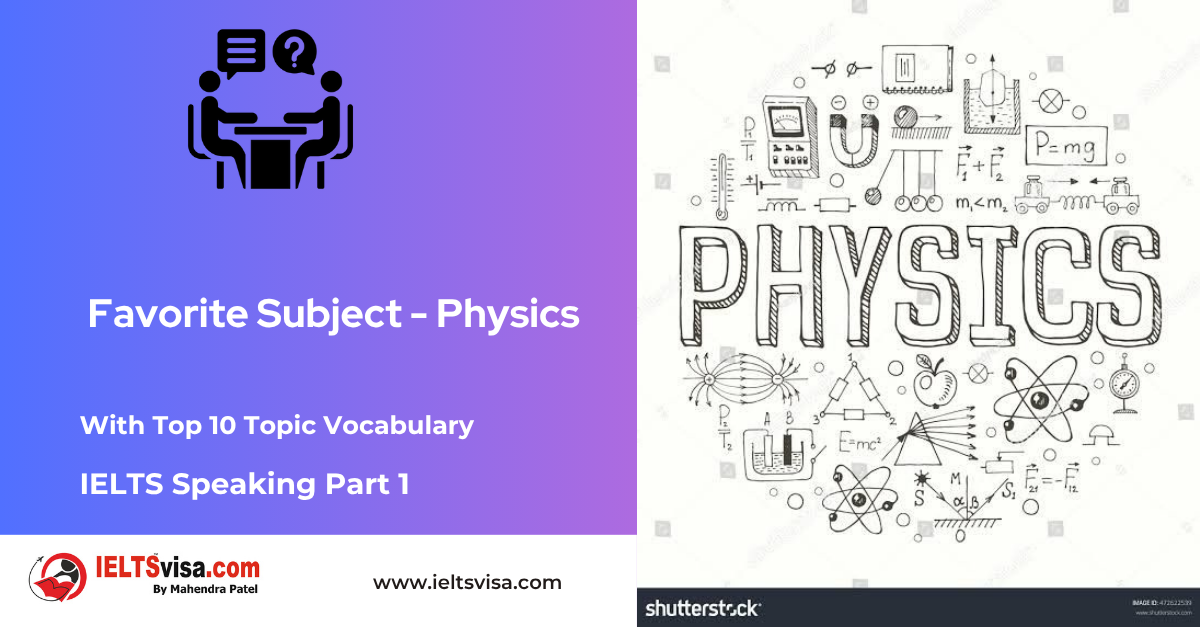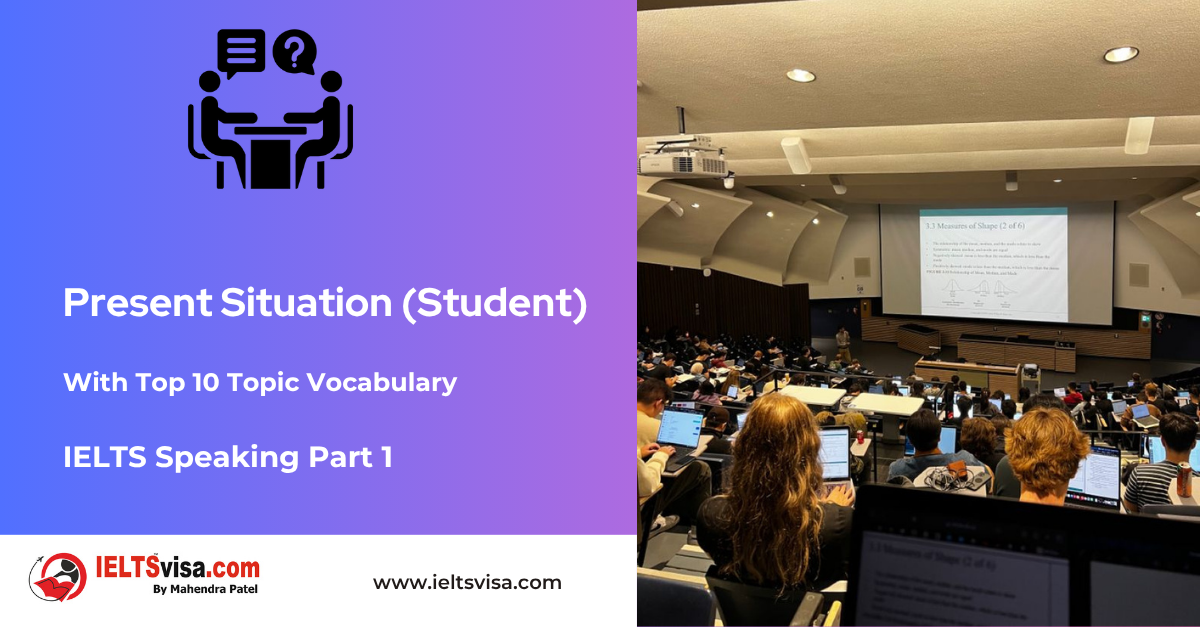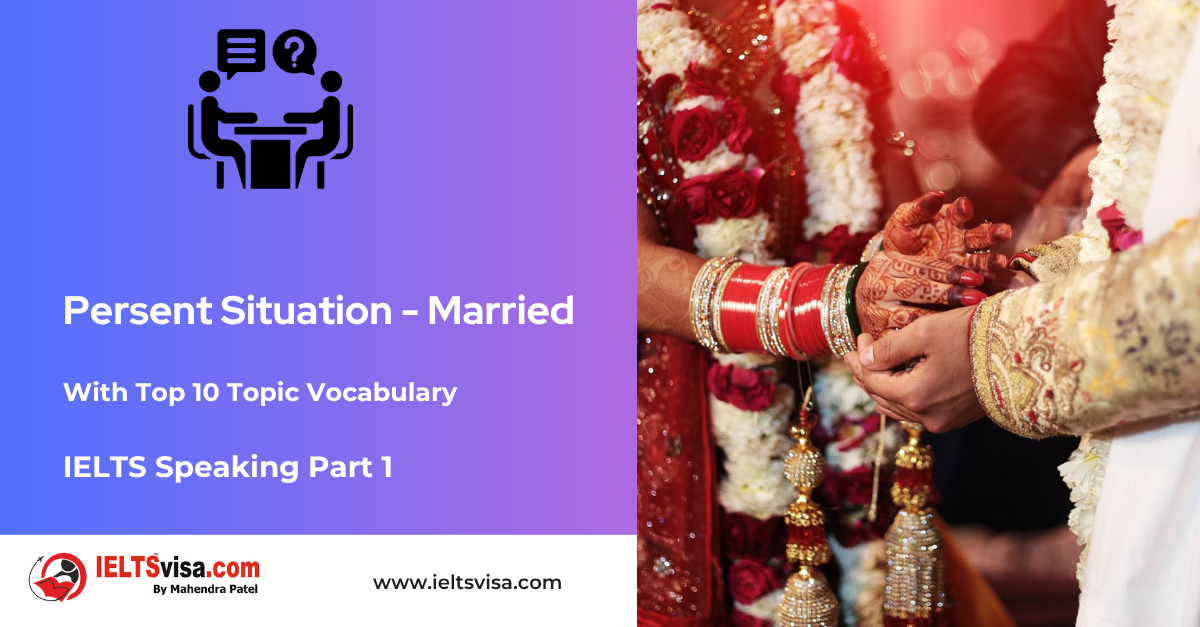Adjectives
Grammar for IELTS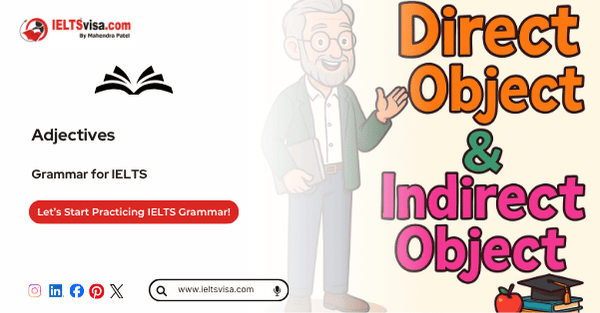
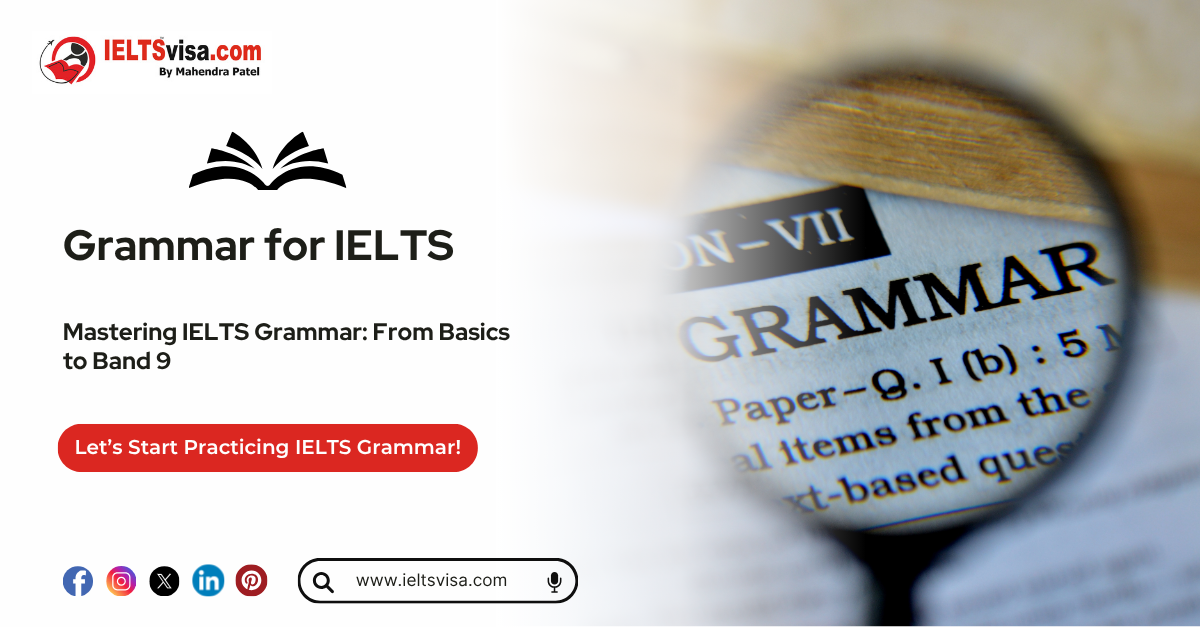
Adjectives: Definition, Forms, Types, Usage, and Examples
Adjectives are an integral part of the English language. They add depth and detail to sentences by describing, modifying, or qualifying nouns or pronouns. For beginners and young learners, understanding adjectives is a crucial step in mastering the art of expressive communication. Let’s explore adjectives in detail, including their definition, types, and usage, along with practical examples.
Table of Contents
1. What Is an Adjective?
2. Definition of an Adjective
3. Forms of Adjectives
4. Types of Adjectives
5. How to Use Adjectives in Sentences
6. Examples of Adjectives
7. Check Your Knowledge of Adjectives
8. Frequently Asked Questions on Adjectives
What Is an Adjective?
An adjective is a word used to describe or provide more information about a noun or pronoun. Adjectives often answer questions like:
-
- What kind? (red dress)
- How many? (three apples)
- Which one? (this book)
Adjectives can appear before the noun they modify or after a linking verb when they function as complements.
Definition of an Adjective
Adjectives typically appear before the noun they modify or after a linking verb when used as predicate adjectives.
-
- Cambridge Dictionary: “An adjective is a word that describes a noun or pronoun.”
- Collins Dictionary: “An adjective is a word such as ‘big’, ‘dead’, or ‘financial’ that describes a person or thing, or gives extra information about them.”
- Merriam-Webster Dictionary: “An adjective is a word belonging to one of the major form classes in any language, typically serving as a modifier of a noun to denote a quality, indicate its quantity, or specify it as distinct.”
Forms of Adjectives: Degrees of Comparison
Adjectives can express different degrees of comparison:
1. Positive Degree: Describes a quality without comparison.
-
- The garden is beautiful.
2. Comparative Degree: Compares two nouns or pronouns.
-
- This garden is more beautiful than that one.
3. Superlative Degree: Highlights the highest degree of quality among three or more nouns.
-
- This is the most beautiful garden in the city.
Types of Adjectives
Adjectives are categorized based on their function and usage in sentences:
1. Descriptive Adjectives
-
-
- Provide information about qualities or states.
- Examples: bright, calm, delicious.
-
2. Quantitative Adjectives
-
-
- Indicate quantity or amount.
- Examples: some, several, many.
-
3. Demonstrative Adjectives
-
-
- Point to specific nouns.
- Examples: this, that, these, those.
-
4. Possessive Adjectives
-
-
- Show ownership or possession.
- Examples: my, your, his, her, their.
-
5. Interrogative Adjectives
-
-
- Modify nouns in questions.
- Examples: which, what, whose.
-
6. Compound Adjectives
-
-
- Formed by combining two or more words.
- Examples: long-term, well-behaved, high-speed.
-
7. Proper Adjectives
-
-
- Derived from proper nouns.
- Examples: Italian cuisine and Victorian architecture.
-
How to Use Adjectives in Sentences
1. Before Nouns:
-
- She wore a beautiful dress.
2. After Linking Verbs:
-
- The sky looks clear.
3. Coordinate Adjectives:
-
- Separate with a comma or conjunction if they equally describe a noun.
- It was a long, tiring day.
4. Non-Coordinate Adjectives:
-
- When adjectives form a single idea, do not separate them.
- He carried a large wooden box.
Examples of Adjectives
1. Descriptive:
-
-
-
- The tall tree swayed in the wind.
-
-
2. Quantitative:
-
-
-
- She has five siblings.
-
-
3. Demonstrative:
-
-
-
- Those apples are fresh.
-
-
4. Possessive:
-
-
-
- It is her favourite book.
-
-
5. Interrogative:
-
-
-
- Which road leads to the park?
-
-
6. Compound:
-
-
-
- They live in a well-maintained house.
-
-
Check Your Knowledge of Adjectives
Identify the adjectives in the following sentences:
1. The beautiful flowers bloomed in spring.
2. He bought three new books.
3. This cake is delicious.
4. She has a confident demeanour.
5. The tallest building in the city is under construction.
Answers:
1. Beautiful
2. Three, new
3. Delicious
4. Confident
5. Tallest
Frequently Asked Questions on Adjectives
Q1. What is an adjective?
An adjective is a word that modifies or describes a noun or pronoun, providing more details about qualities, quantities, or characteristics.
Q2. What are the forms of adjectives?
Adjectives come in three forms: positive, comparative, and superlative.
Q3. Can adjectives function as nouns?
Yes, adjectives can act as nouns when preceded by “the.” For example: the poor refers to “poor people.”
Q4. What are compound adjectives?
Compound adjectives are formed by combining two or more words to modify a noun. Example: a well-known author.
Q5. How are adjectives different from adverbs?
Adjectives modify nouns and pronouns, while adverbs modify verbs, adjectives, or other adverbs.

Our Books
Master IELTS Speaking Part 1
IELTS Writing Task 1 Book
IELTS Writing Task 2 Book
Practice IELTS Other Modules
IELTS Listening
The IELTS Listening test assesses how well you can understand spoken English in various contexts. It lasts about 30 minutes and is divided into four sections with a total of 40 questions. The listening tasks become increasingly difficult as the test progresses.
IELTS Academic Reading
The IELTS Academic Reading section assesses your ability to understand and interpret a variety of texts in academic settings. It is designed to evaluate a range of reading skills, including skimming for gist, reading for main ideas, reading for detail, understanding inferences, and recognizing a writer's opinions and arguments.
IELTS Speaking
The IELTS Speaking test assesses your ability to communicate in English on everyday topics. It lasts 11-14 minutes and consists of three parts: introduction, cue card, and a discussion based on the cue card topic.
IELTS General Reading
IELTS General Reading tests your ability to understand and interpret various types of texts. Here are some key areas and types of content you can expect to encounter in the reading section, along with tips for effective preparation.
IELTS Academic Writing Task 1
In IELTS Academic Writing Task 1, you are presented with a visual representation of information, such as graphs, charts, tables, or diagrams, and you are required to summarize, compare, or explain the data in your own words.
IELTS General Writing Task 1
In IELTS General Writing Task 1, you are required to write a letter based on a given situation. The letter can be formal, semi-formal, or informal, depending on the prompt. Here’s a breakdown of the key components to include in your letter
IELTS Academic Writing Task 2
In IELTS Academic Writing Task 2, you are required to write an essay in response to a question or topic. Here’s a guide to help you understand the essential elements of this task
IELTS Exam Tips
To succeed in the IELTS exam, practice regularly, familiarize yourself with the test format, improve your vocabulary, develop time management skills, and take mock tests to build confidence.
Grammer for IELTS
Grammar is the foundation of effective communication in English. Understanding tense usage, subject-verb agreement, and sentence structure enhances clarity and coherence in writing and speaking.
Vocabulary for IELTS
Vocabulary plays a crucial role in the IELTS (International English Language Testing System) exam, especially in the Speaking and Writing sections. Here’s an overview of why vocabulary is important and how it impacts your performance
RECENT IELTS SAMPLES QUESTIONS AND ANSWERS
IELTS Speaking Part 1 – Favourite Sujbect – Physics
IELTS Speaking Part 1 - Favourite Sujbect - Physics Q: What is your favourite subject? A: My favourite subject...
IELTS Speaking Part 1 – Present Situation (Student)
IELTS Speaking Part 1 - Present Situation (Student) Q1: Are you a student or do you work?A: I’m a full-time...
IELTS Speaking Part 1 – Present Situation – Employee – as an International Student and Social Worker
IELTS Speaking Part 1 - Present Situation - Employee - as an International Student and Social Worker Q1: Are...
IELTS Speaking Part 1 – Persent Situation – Employee- as an Electric Engineer
IELTS Speaking Part 1 - Persent Situation - Employee- as an Electric Engineer Q1: What do you do for a...
IELTS Speaking Part 1 – Persent Situation – Employee – as an Software Engineer
IELTS Speaking Part 1 - Persent Situation - Employee - as an Software Engineer Q1: What do you do for a...
IELTS Speaking Part 1 – Persent Situation – Married
IELTS Speaking Part 1 - Persent Situation - Married Q1: Are you married?A: Yes, I am married. My spouse and I...

